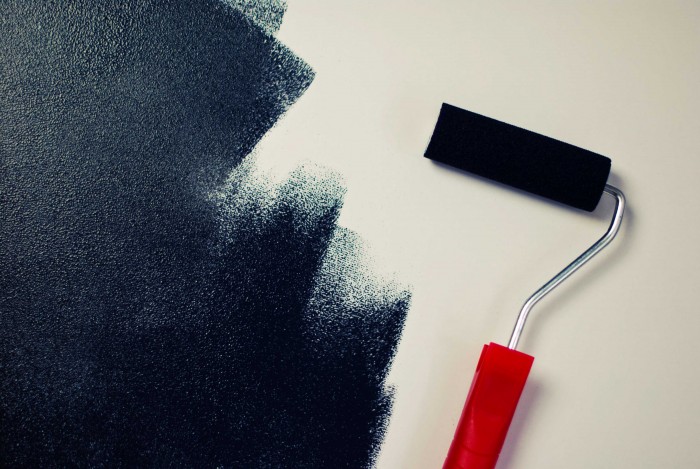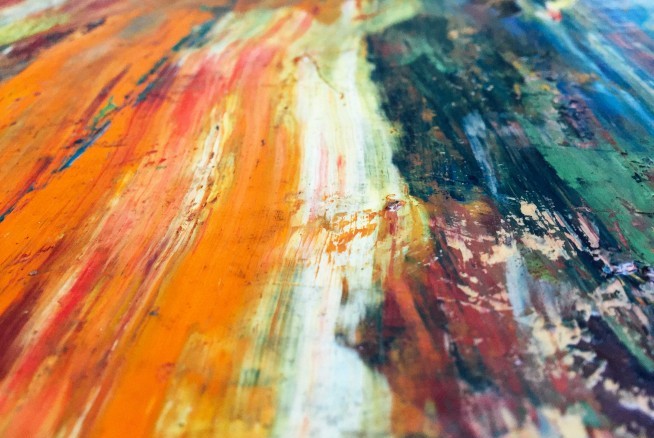“To be creative, then, is to look outside of the common connections and see what other memories you can stir up to draw out new ideas.”
— Tanner Christensen
Have you ever experienced this?
You walk in through the door, toss your wallet onto a table, and then forget where you put it an hour later? You casually feel around for your wallet in all of the usual spots, but you can’t seem to find it. Panic and frustration start to creep in, and before you know it, you’re throwing couch cushions in the air. The dreaded question hits you: “what if I really lost it?” Just when you’re about to lose hope, you happen to casually walk near that table and find your wallet staring you in the face. Wide-eyed and with your chest puffed out, you give a sigh of deep relief. Your wallet has been found.

This is a typical case of short-term memory loss. We hate forgetting things, especially things that are important: directions, scheduled appointments, promises, the list goes on. But what if I told you that having a bad short-term memory could actually be a good thing? What if having bad short-term memory could help you be more creative?
Whenever you create something, no matter what, there are always guidelines. If you’re writing a story, there is a beginning, middle, and end. If you’re designing a website, there’s a header, body, and footer. Accordingly, these guidelines are formed from memory. Whenever you start a project, you being by brainstorming and remembering things that you’ve seen, heard, or learned that come to mind when you think about that specific topic. This memory guides your hand and allows you to not only organize your work, but it also helps your audience understand your work.

That being said, the content that fills these guidelines is completely in your control; this is where your creativity comes in. Write a comical story instead of a serious one, design a website that doesn’t use a standard horizontal menu bar, put a picture of a monkey on a white envelope. The less specific your guidelines are, the more space you can fill with unique ideas and thoughts. The less you remember— to an extent— the more creative you can be.
To put this in the context of my online marketing internship here at RadiusOnline, I think this idea of creativity of short-term memory can really be seen in the video project that I’m working on for CarCareCONNECT. If you clicked on the link, you’ll see that there are many videos that have already been made before. Now, when Nick and I started this project, we could’ve easily replicated these videos to a tee, however, I think over the course of the last few weeks, we’ve done our best work when we hugged less tightly to the rigid guidelines of previous work. Of course, we still had to keep in mind the brand identity and visuals, however, the content that we created was unique but also eclectic in many ways (pulling from many bits and pieces of our memory).
In the end, the lack of a rigid short-term memory can definitely offer opportunities for greater creativity, but it’s the courage to try something different that lets your work stand out and shine.
Image source:
